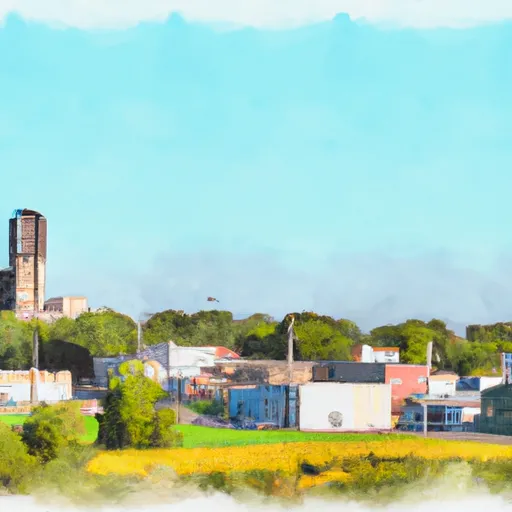°F
°F
mph
Windspeed
%
Humidity











Monmouth, Iowa is a small town located in Jackson County, in the eastern part of the state. The town experiences a humid continental climate, characterized by cold winters and warm summers. Average temperatures range from 15°F (-9°C) in January to 85°F (29°C) in July. Precipitation is fairly evenly distributed throughout the year, with an average of 36 inches (91 cm) annually.
When it comes to hydrology constituents, Monmouth is not located near any major rivers or lakes. However, the town benefits from the nearby Maquoketa River, which offers recreational activities such as fishing, canoeing, and kayaking. The river is known for its diverse fish population, including bass, catfish, and trout.
In terms of outdoor recreation opportunities, Monmouth is surrounded by beautiful natural landscapes. The area boasts several parks and trails for hiking, biking, and nature exploration. Just a short drive away, residents can visit places like the Maquoketa Caves State Park, which is renowned for its unique cave system and offers opportunities for camping, picnicking, and wildlife spotting.
Overall, Monmouth, Iowa provides a pleasant climate, limited hydrology constituents, and various outdoor recreation opportunities for residents and visitors alike.
Weather Forecast
Monmouth receives approximately 908mm of rain per year, with humidity levels near 84% and air temperatures averaging around 9°C. Monmouth has a plant hardyness factor of 5, meaning plants and agriculture in this region thrive during a short period during spring and early summer. Most plants will die off during the colder winter months.
Regional Streamflow Levels
50,400
Cubic Feet Per Second
3,220
Cubic Feet Per Second
3,010
Cubic Feet Per Second
48,600
Cubic Feet Per Second
Nearby Camping
| Camping Area | Reservations | Toilets | Showers |
|---|---|---|---|
| South Recreation Composite | |||
| North Rec Composite | |||
| Grand Gulf Military Park | |||
| Leroy Percy State Park | |||
| Little Sunflower River | |||
| Rocky Springs - Natchez Trace Pkwy |



